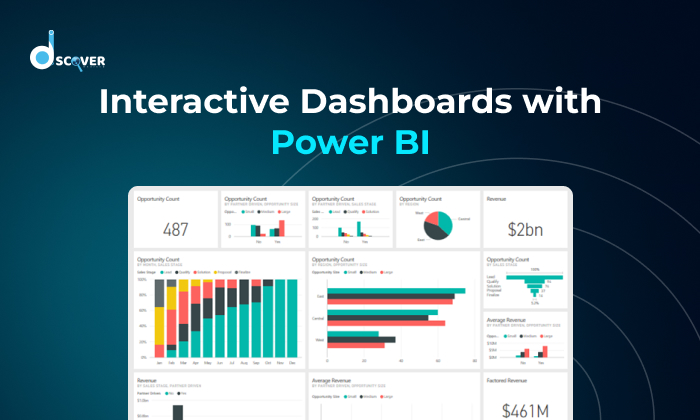
In today’s fast-paced world, online shoppers have little patience for slow websites. Every second a Shopify website takes to load translates to lost sales and frustrated customers. This is why optimizing your Shopify websites for better performance is crucial for success. A speedy and responsive website not only enhances user experience but also improves search engine ranking, conversion rates, and overall brand image.
This comprehensive guide equips you with the knowledge and tools to transform your Shopify website into a performance powerhouse. Whether you’re a tech-savvy entrepreneur or a beginner navigating the e-commerce landscape, these actionable steps will help you unlock the full potential of your online store.
Understanding the Importance of Performance
Before diving into the nitty-gritty, let’s establish why website speed matters
Reduced Bounce Rates: Slow loading times are the kiss of death for customer engagement. Studies show that 47% of users expect a website to load in under 2 seconds, and any delay beyond that significantly increases bounce rates, meaning potential customers leave for faster competitors.
Improved Conversion Rates: Faster websites convert better. A 1-second delay in page load time can decrease conversions by 7%, while a 2-second delay can plummet them by 35%. Every second counts when it comes to turning browsers into buyers.
Enhanced SEO Ranking: Google prioritizes websites that offer a smooth user experience, and page speed is a critical factor in search engine ranking algorithms. Optimizing your website speed can push you higher in search results, exposing your products to a wider audience.
Increased Brand Perception: A fast and responsive website reflects professionalism and trustworthiness. In the eyes of customers, a speedy website signifies a well-maintained and reliable online store, fostering confidence and brand loyalty.
Optimizing Shopify Websites for Peak Performance
Now, let’s delve into the practical steps you can take to optimize your Shopify websites:
Choose a Lightweight and Fast Theme
Your theme lays the foundation for your website’s performance. Opt for a well-coded theme designed for speed and responsiveness. Look for themes with minimal bloatware, clean code, and image optimization features. Free themes may seem tempting, but investing in a premium theme built for performance often pays off in the long run.
Optimize Images
Images are often the biggest culprits behind slow loading times. Here’s how to optimize them:
Resize images: Use the exact dimensions required for your website. Don’t upload high-resolution images that get scaled down later.
Compress images: Utilize tools like TinyPNG or ShortPixel to compress image files without sacrificing quality.
Convert to WebP format: Newer browsers support the WebP format, which offers smaller file sizes without compromising image quality. Consider using a plugin to convert your images.
Lazy load images: This technique delays loading images below the fold until they are scrolled into view, significantly improving initial page load time.
Minimize and Combine Files
Excess code and scripts can bog down your website. Consider
Minifying HTML, CSS, and JavaScript files: This removes unnecessary characters and whitespace, reducing file size and improving load time.
Combining multiple CSS and JavaScript files: This reduces the number of HTTP requests your website makes to the server, further boosting performance.
Leverage a Content Delivery Network (CDN)
A CDN stores copies of your website’s static content (images, JavaScript, CSS) on servers around the world. This ensures geographically closer servers deliver content to your visitors, minimizing load times regardless of their location.
Reduce the Number of Apps
While Shopify apps offer valuable functionality, they can add extra code and scripts that slow down your website. Regularly audit your apps and remove any unused or non-essential ones. Consider alternatives that offer similar features with less bloat.
Utilize Browser Caching
Browser caching allows visitors’ browsers to store frequently accessed website elements locally, eliminating the need to download them again on subsequent visits. This significantly improves page load times for returning visitors.
Optimize Your Shopify Admin
Even your Shopify admin dashboard can impact website performance. Here are some tips:
Delete unused themes and apps: These clutter the database and can slow down admin pages
Reduce the number of products displayed per page: Managing massive product lists can strain your admin.
Compress image thumbnails: Large thumbnails in the admin interface can slow down loading times.
Monitor and Analyze Performance
Continuously monitor your website’s performance using tools like Google PageSpeed Insights and GTmetrix. These tools identify areas for improvement and provide actionable insights to optimize your website further.
Conclusion: Reap the Rewards of a Speedy Shopify Website
Optimizing your Shopify website for better performance isn’t a one-time fix, but an ongoing process that yields massive rewards. By partnering with Discover Webtech and following the steps outlined in this guide, you can transform your online store into a lightning-fast platform that delights customers, boosts conversions, and thrives in the competitive e-commerce landscape. Remember, every second counts, and a speedy website isn’t just a technical detail, it’s a strategic investment in your brand’s success.


